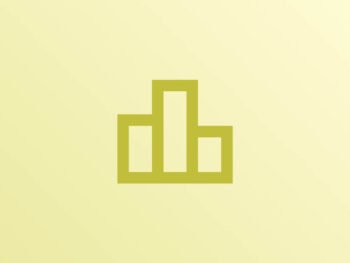€13.62 – €16.09
1. Statistical Methods
1.1. Z-Score Analysis
- Description: Measures how far a data point is from the mean in terms of standard deviations.
- Formula: Z=(X−μ)σZ = \frac{(X – \mu)}{\sigma}
- XX: Data point.
- μ\mu: Mean of the data.
- σ\sigma: Standard deviation.
- Threshold: Commonly, values with ∣Z∣>3|Z| > 3 are considered outliers.
- Applicability: Best suited for numerical data with normal distribution.
Python Implementation:
1.2. Interquartile Range (IQR)
- Description: Identifies outliers based on the spread of the middle 50% of the data.
- Steps:
- Calculate Q1 (25th percentile) and Q3 (75th percentile).
- Compute IQR: IQR=Q3−Q1IQR = Q3 – Q1.
- Define boundaries:
- Lower Bound: Q1−1.5×IQRQ1 – 1.5 \times IQR.
- Upper Bound: Q3+1.5×IQRQ3 + 1.5 \times IQR.
- Data points outside these bounds are outliers.
- Applicability: Works well for skewed distributions and numerical data.
Python Implementation:
2. Visualization Techniques
2.1. Boxplot
- Description: A graphical representation of data distribution, highlighting outliers as points outside the whiskers.
- Tool: Libraries like
matplotliborseabornin Python.
Python Implementation:
3. Algorithmic Methods
3.1. DBSCAN (Density-Based Spatial Clustering of Applications with Noise)
- Description: Clusters data points and flags those in low-density regions as outliers.
- Applicability: Useful for high-dimensional data or data with complex distributions.
Python Implementation:
4. Advanced Techniques
4.1. Isolation Forest
- Description: Machine learning algorithm that isolates anomalies by randomly partitioning data.
- Applicability: Suitable for large datasets with non-linear relationships.






